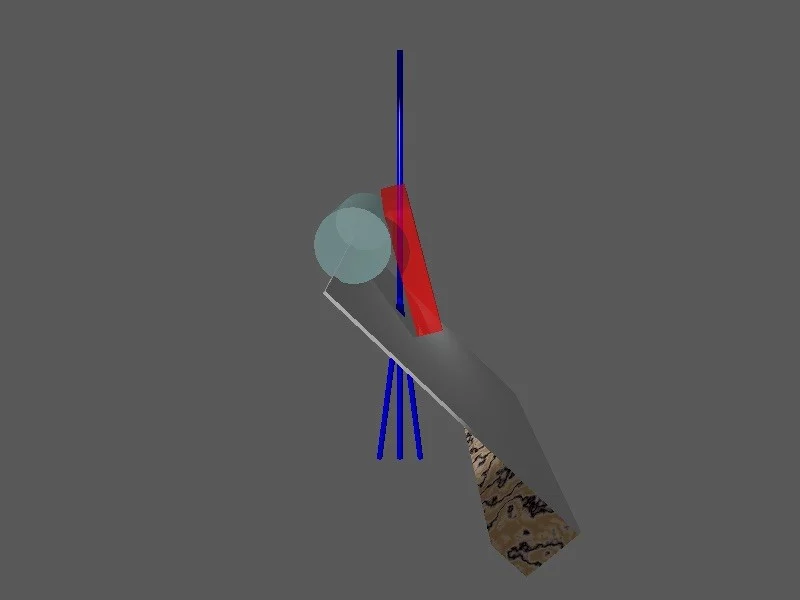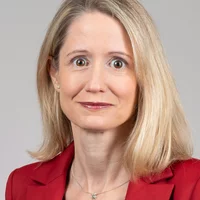
Starting with the invention of transmission electron microscopes, flat carbon coated metal grids are the state of the art when it comes to carry the sample of interest. The thin carbon film provides transmission for the electron probe, while holding the sample, whereas the metal grid stabilizes the film.
Yet nearly as long as this method exists, the system challenges scientist with a problem: The metal grid blocks one specific view on the sample in a cone-like shape, since electrons do not penetrate the thick metal grid. Moreover samples, like nanocrystals, mostly have a flat shape and as such attach to surfaces with their flattest face. Latter preferred orientation of crystals on the grid in interplay with blocking a specific view ruins any attempt to measure nanomaterials in all orientations. So most of the atomic structures obtained from nanocrystals are incomplete, they lack the third dimension and appear distorted, if they can be resolved at all. PSI researchers now overcame this problem by designing uneven but electron transparent surfaces.
They scrutinized their method by means of electron crystallography, a method that relies on the orientation of the measured samples for atomic structure determination. The deployed three dimensional structures obstruct the preferred orientation of attached nanocrystals and randomize their orientation, so that all faces of the crystals can be measured by the electron beam. When merging the electron crystallographic data of just a few randomly oriented crystals, complete data is achieved and undistorted electron crystallographic structures result hereof. One type of support is composed of carbon coils, that are generated by striking with a paintbrush over a carbon film. Whereas the other type is produced by spinning a chaotic network of nylon nanofibres. The striking simplicity and effectiveness of both methods makes them easy to reproduce at any laboratory in the world and might complete the understanding of various kinds of nanomaterials. Several state of the art techniques being developed at PSI, e.g. electron tomography, single particle reconstruction, single crystal structure determination from powder samples, suffer from preferred orientation.
Researchers of LSK are confident, that their technology will help to develop the catalytic materials of the future, since it might open up a new view on their function.
Contact:
Professor Dr. Jeroen A. van Bokhoven
Head of the Laboratory for Catalysis and Sustainable Chemistry (LSK), PSI
Professor for Heterogeneous Catalysis, ETH Zurich
Paul Scherrer Institute PSI
5232 Villigen PSI, Switzerland
Telephone:+41563105046
E-mail: jeroen.vanbokhoven@psi.ch
Original Publication:
Title: 3D-structured supports create complete data sets for electron crystallography
Authors: Julian T.C. Wennmacher, Christian Zaubitzer, Teng Li, Yeon Kyoung Bahk, Jing Wang, Jeroen A. van Bokhoven & Tim Gruene
DOI: https://doi.org/10.1038/s41467-019-11326-2
Acknowledgement to:
Swiss Nanoscience Institute (grant No. A12.01 A3EDPI)
Swiss National Science Foundation (project No. 200021_169258)
China Scholarship Council

